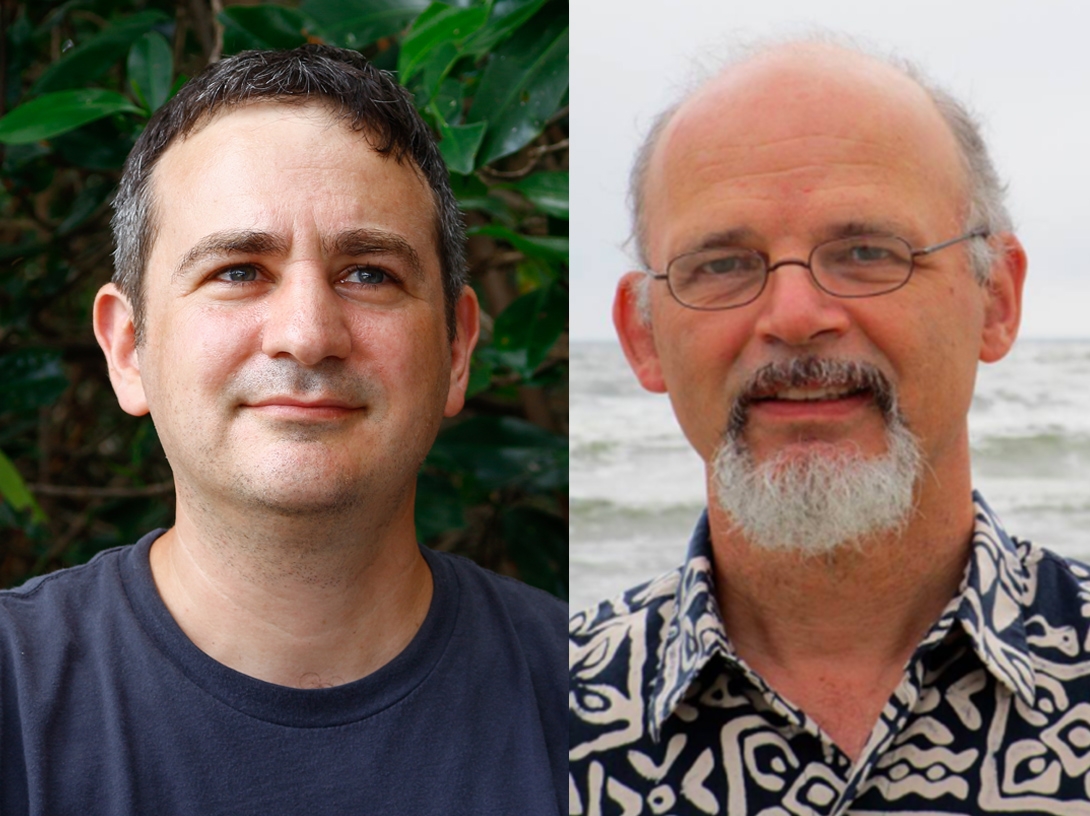March 25, 2024
Animating Climate Science, One Frame at Time
By Laney Myers

A still from 'Why was Sigmund Freud interested in the Afsluitdijk?", the latest video from the Penn Animation as Research Lab, depicts a Dutch polder.

 Expand Image
Expand Image





